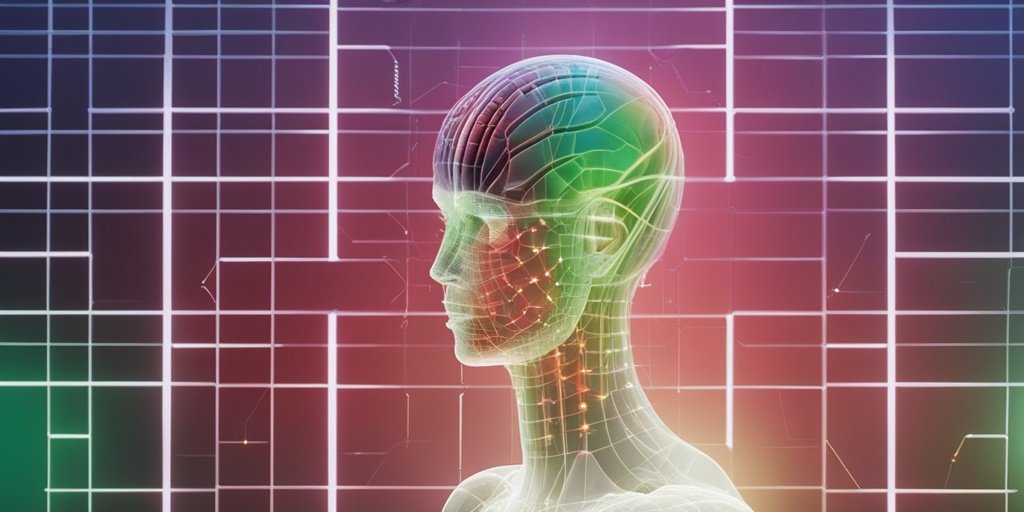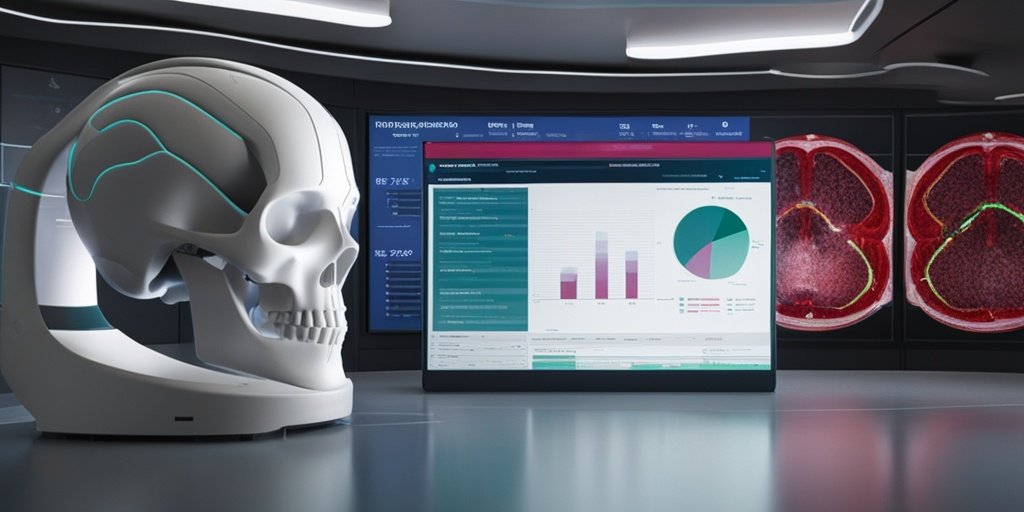
[From gene to cell: Functional validation of RYR1 variants].
Genetic screening aids in diagnosing rare diseases. RYR1 variants often remain uncertain. AI and structural biology may improve classification. 🧬🔍
Discover the newest research about AI innovations in 🧠 Neuroscience.

Genetic screening aids in diagnosing rare diseases. RYR1 variants often remain uncertain. AI and structural biology may improve classification. 🧬🔍

Recent research highlights lipid metabolism-related genes’ role in Alzheimer’s disease. Machine learning identifies potential biomarkers and treatment avenues. 🧠🔬

Recent research highlights the link between motor functions and cognitive abilities in young adults. 🧠💪 Key findings suggest that cardiorespiratory fitness and hand dexterity enhance intelligence.

Artificial intelligence enhances predictive models for intracranial aneurysm stability. Key factors: age, WBC, and uric acid. 🧠📊

A recent PubMed article explores AI’s role in segmenting cerebral cortex layers. 🧠 Enhanced neuroimaging insights may aid neurological disorder research. 📊

A new prognostic model predicts Alzheimer’s conversion risk using functional connectivity. Early detection is vital for effective management. 🧠📊

Key performance indicators (KPIs) in radiology enhance precision medicine, ensuring safety and improving diagnostic accuracy. 📊🩻

Recent research highlights sphingolipids, particularly sphinganine-1-phosphate, as key players in paclitaxel-induced neuropathy. 🧠💉

New research highlights a deep learning approach for tracking metastatic brain cancer. 📊🧠 NYUMets-Brain dataset aids in patient care.

Recent research highlights disulfidptosis-related genes in ischemic stroke. Key findings reveal their role in immune response and potential therapies. 🧠🔬